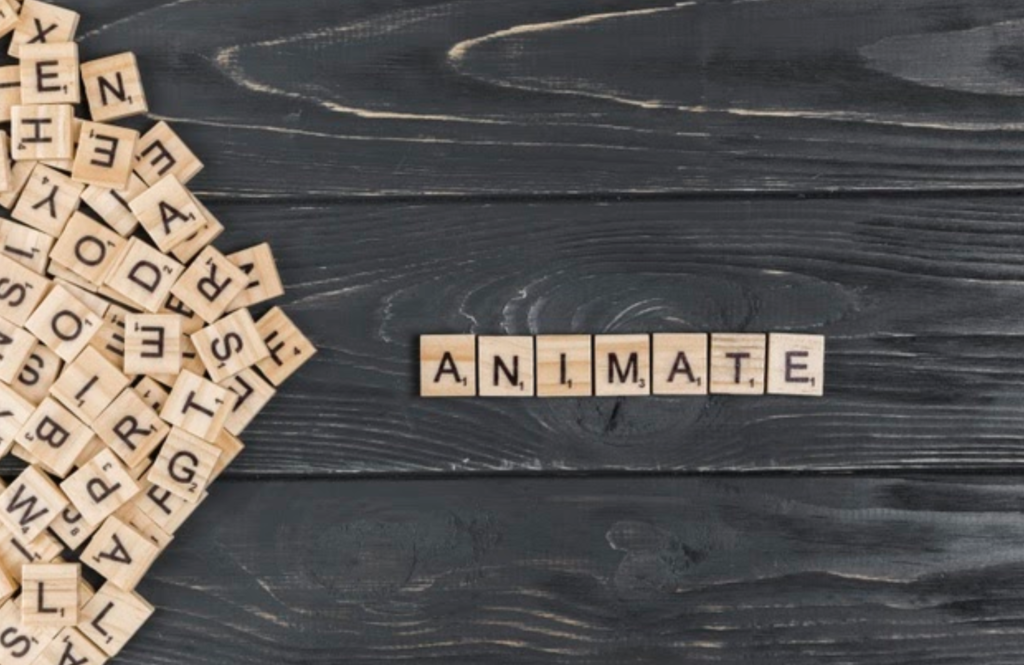Modern video games are replete with advanced graphics and lively engaging animations that blur the boundaries between reality and virtuality and make players forget that this is just a game. If you succeed in achieving such an effect, then we can assume that the game is a success. And it can be achieved only if you comprehend all the subtleties and nuances of game animation.
Let’s talk about the main rules of animation, knowledge of which is essential for anyone involved in bringing game worlds to life. There are 12 principles of animation in total, but we will consider 5 main ones that play a special role in video game animation.
Animation in Games: Beauty in Motion
They say that movement is life and this is especially true in video games. Animation allows you to create the appearance of movement of any object by combining a large number of static frames, each of which is slightly different from the previous one. In the days of drawn 2D cartoons, animators had to draw each frame by hand. Now, with the help of modern technologies, you can set the first and last frame, and the program will help generate motion. However, the key words here are “will help”, but it does not do everything for the animator. Therefore, knowledge of the main principles remains a prerequisite for a successful expert who is ready to provide not only high-quality 2D animation services, but can also work on advanced 3D animation.
Squash and Stretch: The Must Not Be Skipped Video Game Animation Principle
It is called the main and basic rule, in general, the one that you need to pay attention to first. Its essence lies in the fact that not quite rigid objects during movement tend to slightly change their shape while maintaining their original appearance. It sounds rather complicated, but in essence, everything is simple: an elementary example is a ball, a section of which is partially compressed when it hits the ground and stretches when it rebounds.
This can be applied to characters that need to jump at the behest of the player or the intended script. Squeezing and stretching will help make the movement more realistic and show that the character, like a living person, is made of soft matter, and not a rigid substance.
Staging: Compositional Hints
The first application of this principle is the presentation of what is happening with an emphasis on a key element, for example, in cut scenes. It is important here to focus the player’s attention on the most important things and avoid unnecessary and distracting elements. The second application is the special use of staging in level design. For example, it can help the player pay attention to a secret passage, see the desired object, climb the desired elevation, and so on.
Anticipation: Forewarned is Forearmed
Before committing any movement, we prepare for it. To throw an object, you have to swing. To jump, you need to bend your knees. In other words, you need to prepare the energy for the main action. The same is used in game animation, as it gives the characters’ movements the maximum realism. And this applies to both the main character, which is led by the player, and the so-called non-player characters (NPCs). By their movements, the player must understand what action needs to be taken in the next second.
Straight Ahead & Pose to Pose: Two Sides Of One Medal
The first option is continuous work on each frame, starting with the first and ending with the last. The second option is to create several keyframes with the main poses, which become the basis for further work. The second approach is often considered the most applicable, as it provides more flexibility and variability in case the animation needs to be modified.
Appeal: Beauty Will Save the World
This is not a technical principle and it cannot be described in formulas. But it is incredibly important for achieving authenticity and immersiveness. The animator must be able to convey the horror on the character’s face, the power of the fiery blade, the weakness of the defeated enemy, and so on. The player’s impression cannot be poisoned by unnaturalness and automatism. To achieve this, you need to be able to work with proportions, facial expressions, anatomy, composition, colors, lighting, etc. The most interesting thing is that the simpler and more natural the poses and movements look, the more work is invested in them. But the result is worth the effort.
Best Principles of Game Animation
The best an animator can do is perform a first-class job using all the basic principles. If you are looking for animators who are always ready to do their best and take on any challenge, your choice is Kevuru Games 2D game art outsourcing studio. The animators there work wonders and have vast experience in giving movement to objects, environments, and characters. You can see for yourself: their portfolio is open to everyone. Good luck with your animation endeavors!

